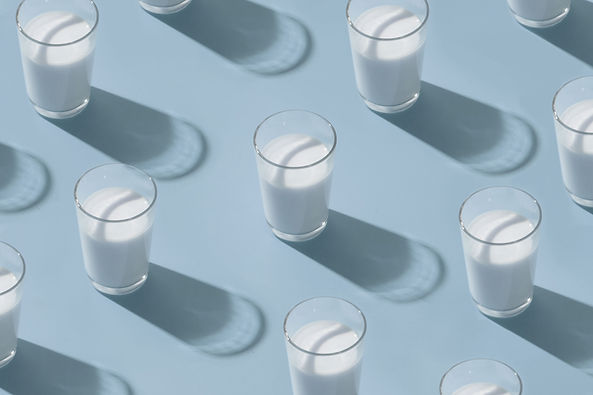

Food Sources of Calcium
Dairy is not the best source of calcium
Dairy is not the best source of calcium
It is a widespread nutritional myth that dairy produce is a good source of calcium. Milk products do contain a fair amount of calcium, particularly hard cheese but, because of the calcium to magnesium ratio in these products, the calcium is not well absorbed. As well as inhibiting the body's ability to absorb magnesium, eating dairy foods in excess can cause the body to produce too much mucous. As you can see in the table of calcium rich foods below, seaweeds and other land plants offer the best sources of bioavailable calcium.
Calcium inhibitors
Generally it is not that a person is not eating enough calcium - it is one of the most widely occurring nutrients in our diet. It is more the case that lifestyle choices and dietary habits might interfering with the body's ability to absorb calcium. Things that inhibit the absorption of calcium are
-
Coffee, soft drinks and diuretics
-
Excesses of protein, especially meat
-
Refined sugar or too much of any concentrated sweetener or sweet flavoured food
-
Alcohol, cannabis, cigarettes and other intoxicants
-
Too little or too much exercise
-
Excess salt
-
The Solanum (deadly nightshade) genus of vegetables - tomatoes in particular, but also potatoes, aubergines, peppers, courgettes - they all contain the calcium inhibitor solanine.
Table of food calcium sources


How to use Hijiki
Hijiki is the richest food source of calcium. It is virtually tasteless, yet has a slight seaweed smell. It comes in an easy to use dried form. Hijiki can be added straight from the packet into soups and stews or cooked along with brown rice. Simmer hijiki along with chosen food for at least 15 minutes.